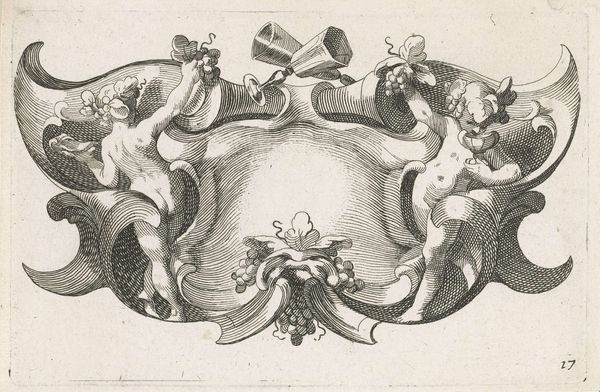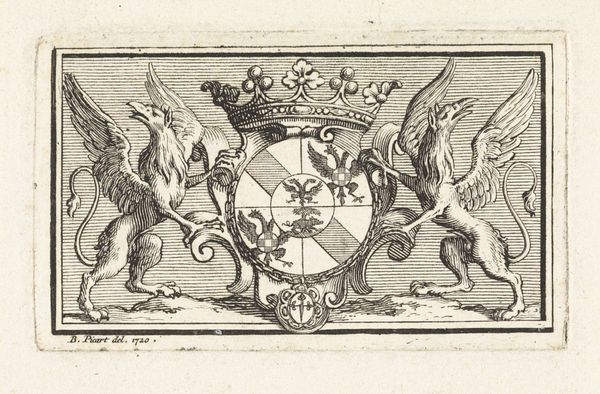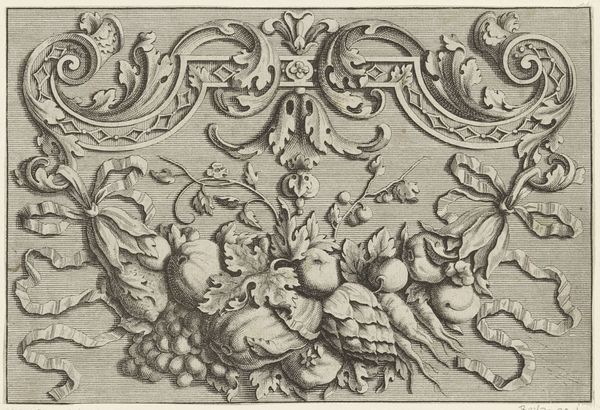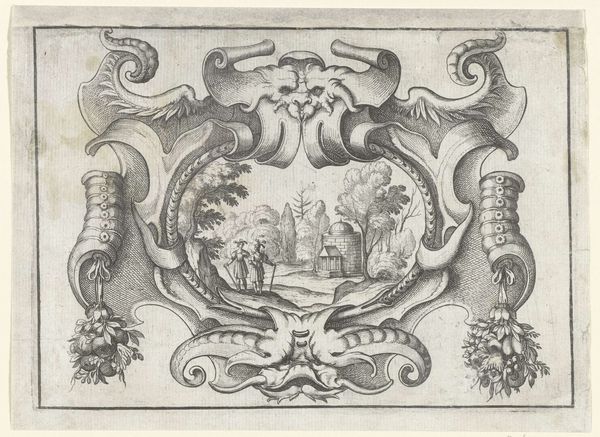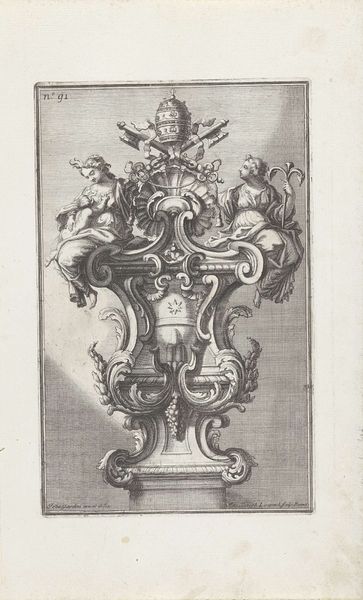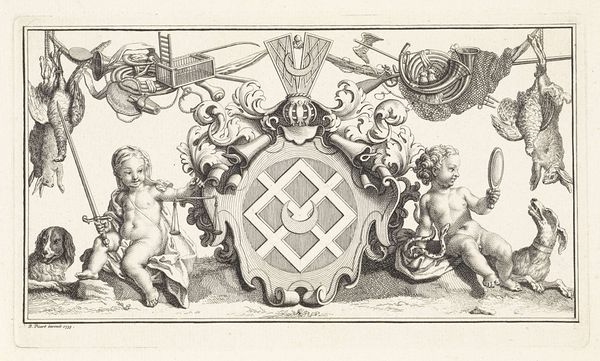
Plate 2: trophies of Roman arms from decorations above the windows on the second floor of the Palazzo Milesi in Rome 1656 - 1658
0:00
0:00
drawing, print, etching, engraving
#
drawing
#
baroque
#
pen drawing
# print
#
etching
#
history-painting
#
engraving
Dimensions: sheet: 8 1/16 x 10 1/4 in. (20.4 x 26.1 cm) plate: 4 7/16 x 6 3/16 in. (11.3 x 15.7 cm)
Copyright: Public Domain
Curator: Let's examine this print, "Plate 2: trophies of Roman arms from decorations above the windows on the second floor of the Palazzo Milesi in Rome." It’s an engraving and etching by Giovanni Battista Galestruzzi, dating from between 1656 and 1658. Editor: The crosshatching! It's so intricate. You can almost feel the texture of the shields and weapons. It makes you wonder about the artisan's level of labor devoted to such commissions. Curator: Galestruzzi made this print after designs by Polidoro da Caravaggio. What’s compelling is considering the Palazzo Milesi's architectural decorations – the starting point – and how prints like these acted as dissemination tools. Reproducing artwork through printed material provided accessible versions for consumption across Europe, impacting taste and styles. Editor: Right, so the print becomes this mobile commodity, severing it from its architectural origin. It takes on a life of its own, subject to market forces. I wonder, were these kinds of decorative prints popular with merchants, perhaps as a display of wealth or sophistication? Curator: It's quite likely. Remember, engravings were collected and displayed, acting as examples for artists and artisans alike, demonstrating knowledge of classical motifs and design, also speaking to a certain level of cultural sophistication. Editor: The level of skill is remarkable. To transform something monumental and architectural into a readily reproducible image required craft, the ability to manipulate line and tone to create the illusion of depth and texture on a flat surface. This required specialized skill that deserves attention. Curator: Precisely, these prints, and other reproduced artwork, circulated widely, transforming architectural elements into patterns applicable to all types of artwork, across many locations. Editor: Looking at it again, I appreciate how the material and social process intertwine: a Roman palace facade becomes an easily disseminated print through skillful labor. A potent signifier, condensed and then globally transmitted. Curator: I agree; looking at it now I also appreciate the engraving on a more nuanced level, a symbol of not only Italian art history, but also of the complex history of reproduction and the movement of artistic ideas across borders.
Comments
No comments
Be the first to comment and join the conversation on the ultimate creative platform.








